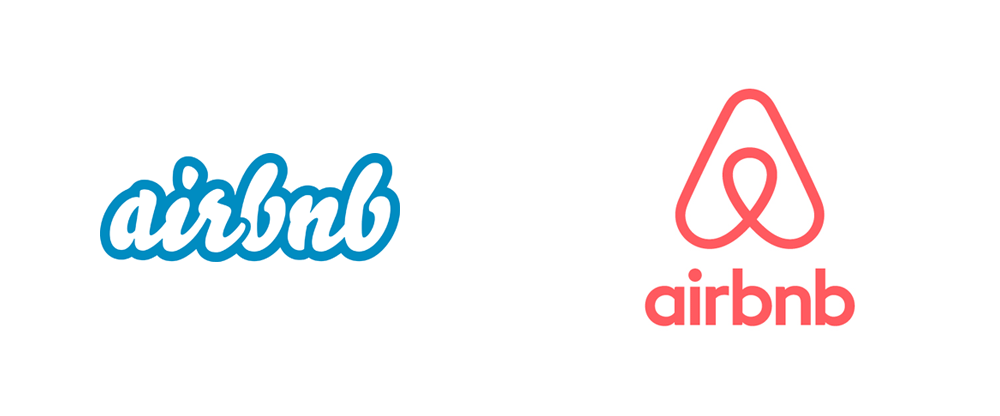What is rebranding?
Rebranding is the process of changing the way your company is perceived by the public by altering its brand image, messaging, logo, or name. It is essentially a marketing strategy that aims to give an established product, service, or organisation a new identity that is more relevant or appealing to consumers.
A successful rebrand can help a company stay relevant in a changing market, improve its reputation, increase its customer base, and ultimately increase revenue.
Reasons why you may need a rebrand:
- Change in business direction: If a company changes its focus or offerings, a rebrand can help communicate this change to customers.
- Outdated image: If a company's brand image appears outdated or no longer resonates with its target audience, a rebrand can help modernise its image.
- Merger or acquisition: If a company merges with or acquires another company, a rebrand can help unify the two brands and create a new identity.
- Legal issues: If a company faces legal issues or trademark disputes, a rebrand may be necessary to avoid legal complications.
- Global expansion: If a company plans to expand its business globally, a rebrand may be necessary to ensure that the brand name and image translate well in different cultures and languages.
- Change in leadership: If a new CEO or leadership team takes over a company, they may want to implement a new brand strategy to reflect their vision for the company.
Overall, a rebrand can be a powerful tool for companies to change their image, reach new audiences, and adapt to changing circumstances.
Example of a successful rebrand - Airbnb
One example of a successful company rebrand is Airbnb. In 2014, Airbnb underwent a significant rebranding effort to better reflect its evolving business model and appeal to a wider audience. The company's original logo, which was an outdated, cursive wordmark, was replaced with a modern font, including an abstract symbol called the "Bélo".

The new logo was designed to represent belonging, which is at the core of the Airbnb experience. The company also introduced a new colour palette, font, and visual identity that reflected its new positioning as a more mature, global travel brand.
The rebranding effort helped Airbnb distinguish itself from competitors and establish a strong, consistent brand identity across all channels. It also helped the company expand beyond its initial target audience of budget-conscious travellers to attract a wider range of consumers, including luxury travellers and business travellers.
The rebrand was largely successful and helped Airbnb to grow its brand awareness and market share. Today, Airbnb is one of the largest and most recognised companies in the travel industry, and its rebrand played a key role in its success.
What is a brand refresh?
A brand refresh is a strategy used by companies to update or modernise their existing branding elements while maintaining their core identity. A brand refresh typically involves making small changes to the brand's visual identity, such as updating the logo, typography, colour scheme, or imagery.
A brand refresh differs from a complete rebrand in that it aims to update and modernise the existing brand rather than starting from scratch. A brand refresh may be necessary when a company's existing brand elements have become outdated, or the company wants to appeal to a new or broader audience.
The goal of a brand refresh is to give the brand a fresh and contemporary look and feel, without losing its existing brand equity. A brand refresh should maintain consistency with the brand's core identity while updating the visual elements to better align with the company's current goals and target audience.
Overall, a brand refresh can be an effective way for companies to stay relevant and up-to-date in a constantly evolving marketplace while maintaining their established brand recognition.
Reasons why you may need a brand refresh:
- Outdated brand identity: If your brand has an outdated look or message that no longer resonates with your target audience, a refresh may be necessary to update your brand's visual identity and messaging to better align with current trends and customer preferences.
- Changing target audience: As your target audience evolves, a refresh may be necessary to ensure that your brand remains relevant to your new audience.
- New products or services: If your company is launching new products or services, a refresh can help your brand better communicate these offerings to your customers.
- Mergers or acquisitions: If your company has undergone a merger or acquisition, a brand refresh may be necessary to integrate the new entities and create a cohesive brand identity.
- Brand dilution: If your brand has become diluted over time, a refresh can help you regain control of your brand image and strengthen brand recognition.
- Competitor pressure: If your competitors are gaining market share and your brand is struggling to stand out, a refresh can help differentiate your brand and better communicate your unique value proposition.
Overall, a brand refresh can be an effective way for companies to stay relevant and up-to-date in a constantly evolving marketplace while maintaining their established brand recognition and equity.
Whichever you feel is right for your company, it’s important to find a trusted agency. Here at Adtrak, we have a wealth of experience in rebranding and refreshing brands across various industries. Get in touch here.
Sources:
